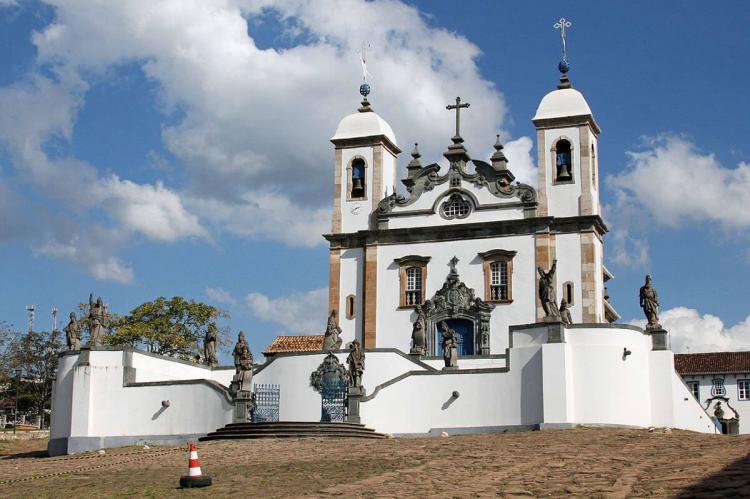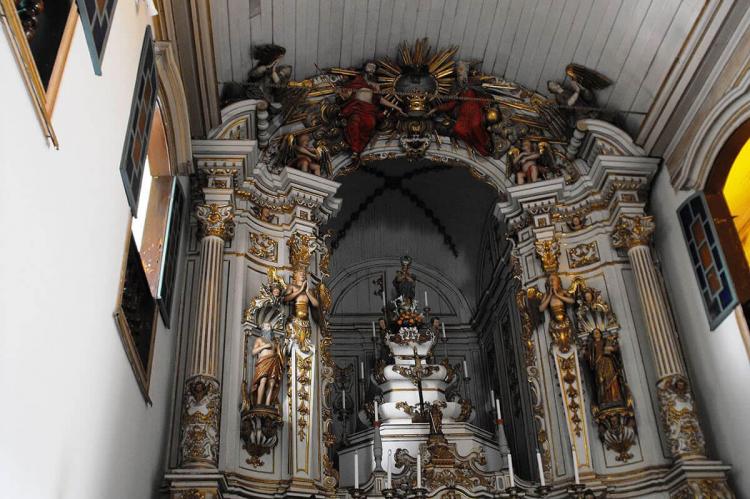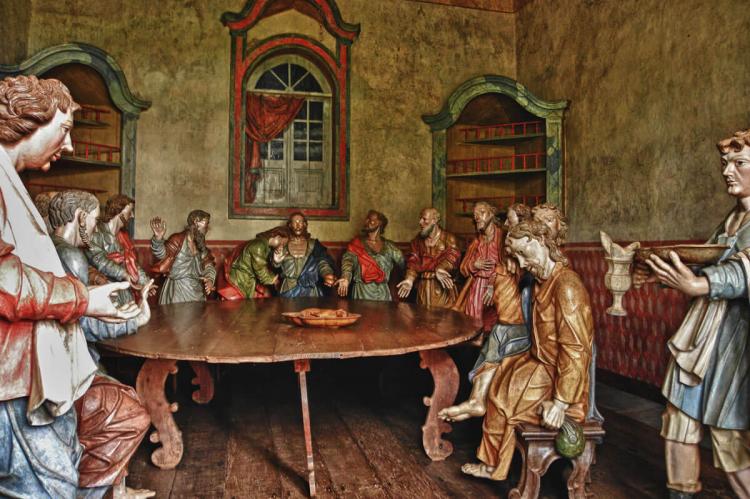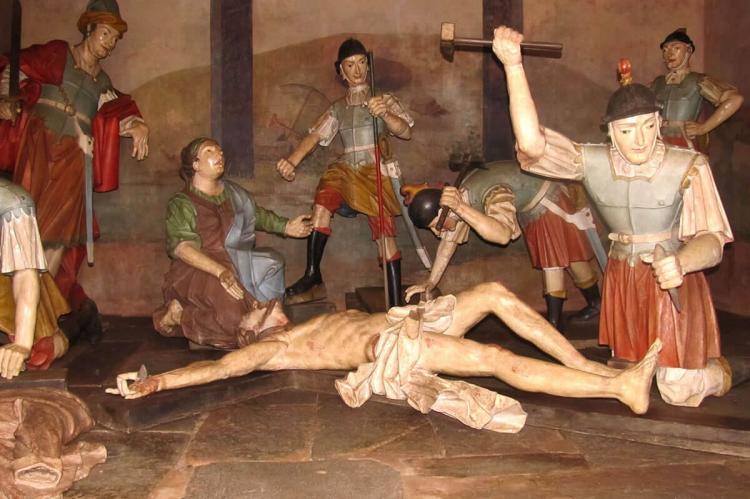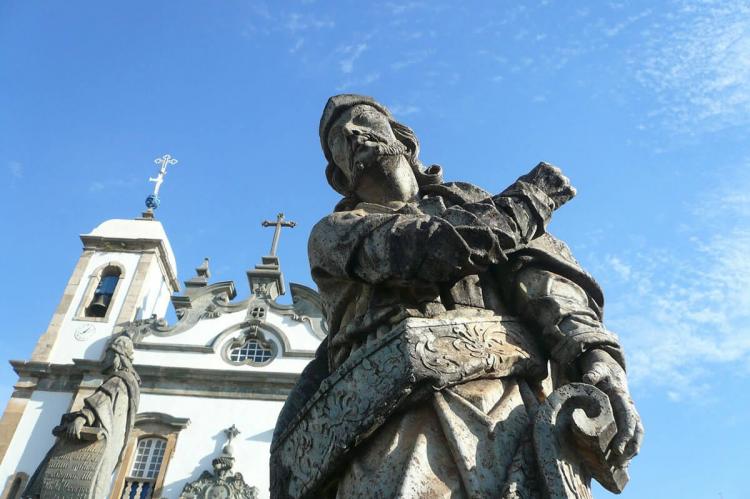Sanctuary of Bom Jesus do Congonhas: A Marvel of Baroque Art
The Sanctuary of Bom Jesus do Congonhas is a timeless masterpiece in Congonhas, Brazil, that synthesizes architectural grandeur and sculptural brilliance. Visitors can explore the Rococo interior, outdoor stairway adorned with prophet statues, and chapels illustrating the Stations of the Cross.
Sanctuary of Bom Jesus do Congonhas
A Marvel of Baroque Art
Nestled in the heart of Congonhas, a historic city in southeastern Brazil, the Sanctuary of Bom Jesus do Congonhas stands as a testament to the genius of Baroque artistry, a masterpiece crafted by the skilled hands of Antônio Francisco Lisboa, fondly known as Aleijadinho. This UNESCO World Heritage Site, erected in the 18th century, beckons visitors with its profound spiritual ambiance and a remarkable blend of architectural prowess and sculptural brilliance.
Historical Charm of Congonhas
Congonhas is located 90 km south of Belo Horizonte atop the Morro do Maranhão bluff in the Serra do Ouro Branco, part of the Espinhaço mountain range. It is steeped in history and renowned for its basilica and soapstone sculptures. Commissioned by Portuguese adventurer Feliciano Mendes in the 18th century, these soapstone marvels adorn the city, creating an open-air gallery that echoes the artistic fervor of a bygone era.
Architectural Splendor of the Sanctuary
At the heart of Congonhas stands the Sanctuary of Bom Jesus do Congonhas. Ascending the steep, cobbled streets of the Historic Center, visitors are greeted by a sight that transcends time. The basilica, adorned with a Rococo interior, exemplifies the transition period in which it was constructed, showcasing the mastery of the Baroque style.
Aleijadinho's Artistic Legacy
The Sanctuary's profound artistic allure is primarily attributed to Aleijadinho, one of the world's finest Baroque artists. The twelve sculptures of Old Testament prophets adorning the terrace are hailed as some of his most exceptional works. Carved from soapstone, these statues impart a unique expressiveness that captivates onlookers, each figure carrying the weight of religious symbolism and artistic ingenuity.
Spiritual Journey: The Stations of the Cross
The outdoor stairway, flanked by statues of the prophets, leads to a platform adorned with a series of chapels illustrating the Stations of the Cross. Aleijadinho's genius is palpable in the soapstone statues and polychrome wooden sculptures narrating Christ's Passion scenes. This ensemble stands as a crowning achievement, a testament to the profound creative genius of Aleijadinho, capturing the essence of Baroque art in its most original and expressive form.
UNESCO Recognition and Preservation
In 1985, the UNESCO World Heritage Site designation was bestowed upon the Sanctuary of Bom Jesus do Congonhas, acknowledging its cultural and historical significance. This recognition not only honors the architectural and artistic excellence of Aleijadinho but also underscores the importance of preserving this spiritual haven for future generations.
A Spiritual Pilgrimage: Visiting the Sanctuary
Approaching the Sanctuary involves navigating a ramped forecourt flanked by six chapels, each marking a Station of the Cross (the Passos). As visitors ascend the slightly curved staircase, they are enveloped in an atmosphere of reverence and awe, guided by the watchful gazes of the soapstone prophets.
Conclusion: A Timeless Beacon of Baroque Elegance
The Sanctuary of Bom Jesus do Congonhas invites all who wander through its cobbled streets to embark on a journey through time and spirituality. It stands as a testament to the artistic brilliance of Aleijadinho and the enduring allure of Baroque art. This beacon continues to illuminate the cultural tapestry of Brazil and captivate the hearts of those who pilgrimage to this sacred site.
